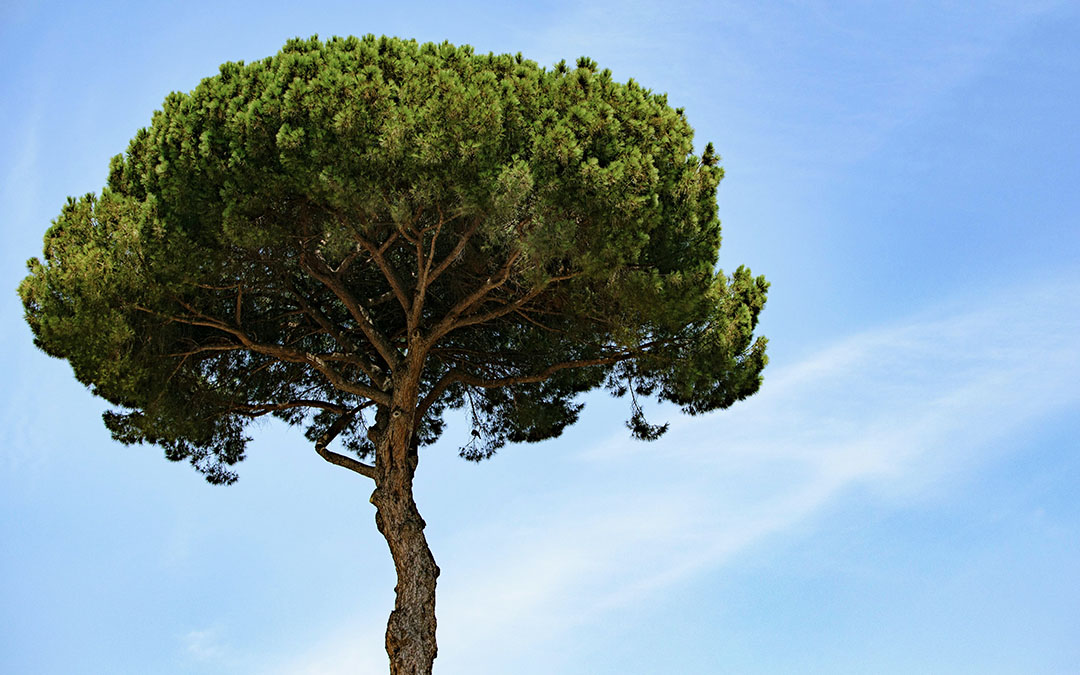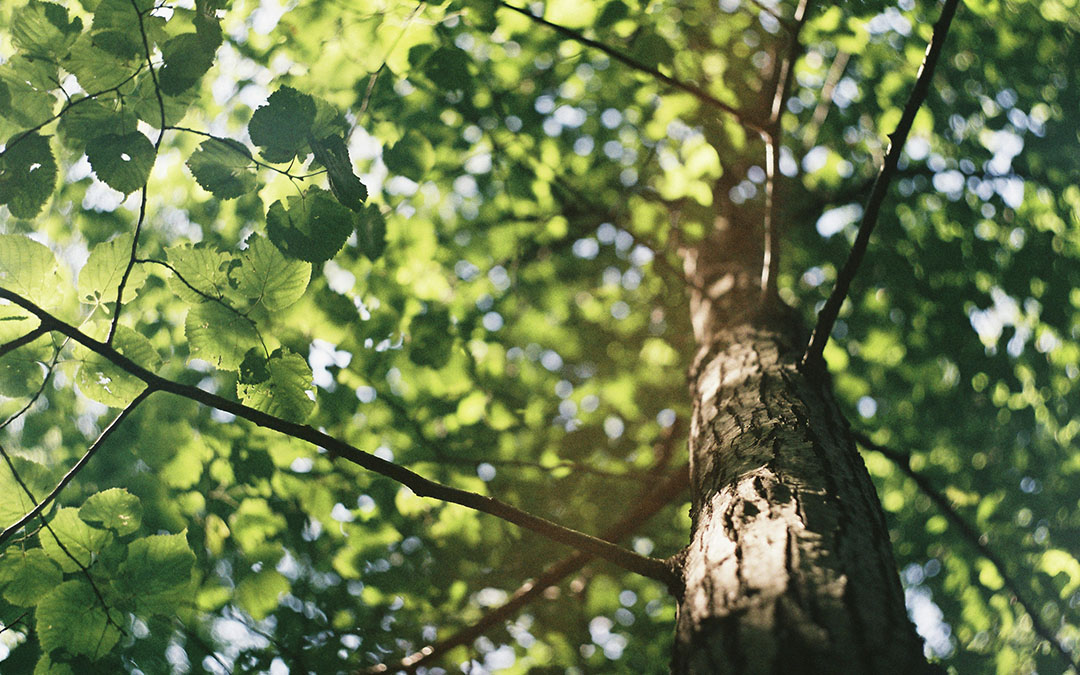Trees are an essential part of our natural and urban environment, providing shade, oxygen, and aesthetic beauty. However, there are times when a tree may pose safety or health issues that require it to be felled. As a landowner or gardener, it is important to be able to recognize the warning signs indicating the need for action. In this article, we will explore some of the most common indicators suggesting that a tree should be felled.
Tree Felling, an Environmental Maintenance Tool
Tree felling is a practice that, despite its drastic appearance, can be a vital tool for proper environmental maintenance. When a tree has health or structural problems that cannot be resolved by other means, felling emerges as a necessary solution to ensure the safety of the surroundings and the preservation of the local ecosystem. Cutting down a tree in a timely manner can prevent its accidental fall and all the problems this may cause, especially in urban environments.
In addition to mitigating the potential risks associated with sick or damaged trees, felling can also pave the way for regeneration and the growth of new vegetation. The open spaces created by felling can allow other plants and trees to thrive, increasing biological diversity and improving the overall health of the environment.
However, it is essential to carry out tree felling in a responsible and environmentally respectful manner. Potential impacts on local wildlife must be taken into account, and compliance with regulations and good forestry management practices must be ensured.

How can we detect when we need to fell a tree?
1. Structural deterioration: If you notice that the tree has branches or trunks that are rotten, broken, or have deep cracks, this may indicate structural weakness. These problems can make the tree susceptible to falling, especially in strong wind conditions or storms.
2. Serious diseases: When a tree is infected with severe fungal or bacterial diseases that affect its vascular system or internal structure, its health may be irreversibly compromised. In these cases, felling may be the only option to prevent the spread of the disease to other trees in the area.
3. Damage caused by insects: Some insects such as the pine bark beetle or the processionary caterpillar can cause significant damage to trees, weakening them and making them susceptible to other health problems. If you observe a massive infestation of insects or symptoms such as leaf loss or bark discolouration, it may be necessary to consider felling the tree.
4. Excessive leaning: A tree leaning steeply can be a latent danger, especially if the roots are weakened or if the terrain has suffered erosion. In extreme cases, excessive leaning may indicate that the tree is in imminent danger of falling, requiring immediate action to prevent accidents.
5. Dead leaves and branches: The presence of dead leaves or branches at the top of the tree may indicate underlying health problems, such as a lack of water, nutrients, or other adverse environmental factors. If this situation is not addressed in time, the tree may end up dying completely, requiring felling for aesthetic or safety reasons.
6. Tree in decline: If you notice a general decline in the health of the tree, such as slow growth, small or discoloured leaves, or a decrease in flower or fruit production, this may be a sign of chronic health problems that cannot be resolved with conventional treatments. In these cases, felling may be the best option to replace the tree with a new and healthy one.
Good forest management saves time and money
As a landowner or tree maintenance manager, it is important to be alert to the warning signs indicating the need to fell a tree. If you observe any of the symptoms described above, it is advisable to consult with a specialized company such as Picasoques Arboristes to assess the situation and take appropriate measures. Felling a tree can be a difficult decision, but in many cases it is indispensable to ensure the safety and health of the environment.


